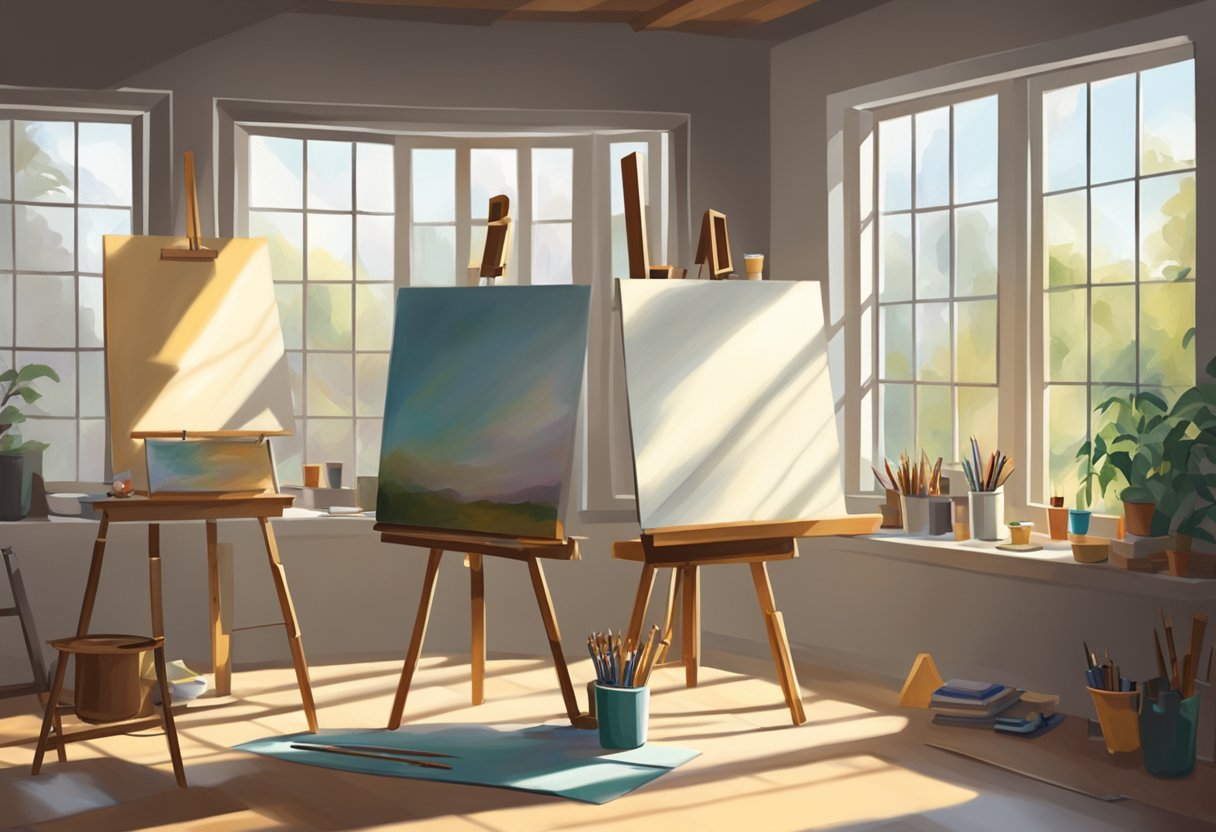Lighting Techniques for Art and Photography
In both art and photography, lighting is very important in creating an impression of the desired effect. Lighting is very important in setting the mood, tone, and punch line for any work of art/photograph. It works by selecting certain regions, creating some shadow effects, and giving a three-dimensional effect to an image.
It is also used in art where it creates drama and atmosphere. For example, one may use this type to emphasize something on the face of the subject or any other thing found in the picture. Lighting in photography is also equal. Whether a shot turns out well or not largely depends on the proper usage of light that affects the brightness, chromatic hue, and mood of the picture in general.
Principles of Art and Photographic Lighting

Understanding Light and Shadow
Art and photography must include light and shadows as vital aspects. Light is vital for emphasizing some parts of the subject, while shadow creates contrast and drama in order to increase the impression it leaves.
Lighting Techniques in Art
When it comes to art, lighting is capable of creating a bunch of different kinds of moods.
Chiaroscuro is one of the most typical methods that include a very sharp contrast between light and shadow. The third method is a process of placing the light source behind the object and as a result, the image will have a circular glow around it and make the picture more voluminous.
Photography Lighting Basics
Just like in making of art, lighting is also very significant in photography. Often, good lighting makes an otherwise uneventful photo become an interesting picture. Photographers employ various kinds of lighting setup such as natural light, studio light, and flash among others.
Advanced Lighting Concepts
Color Theory in Lighting
The basis of modern lighting design is color theory. It entails learning what happens to various colors when put together, or how colors may influence various feelings within a photo.
Lighting Equipment for Professionals
To have the intended lighting effects, professional photographers and lighting designers must use specialized machinery. These include different types of lamps including strobes, continuous lights, and LED panels.
Creative Lighting in Composition
Proper composition in photograph includes creative lighting. The process utilizes light to highlight certain aspects of the frames while creating a shadow which adds on dimension and depth. These can include various techniques including back lightening, side lightening and rim lightening.
Conclusion
In summation, sophisticated SeusLighting systems involve knowledge in color theory, specific gear, and artistic arrangement. Learning these skills enables professional photographers or lighting designers to produce breath taking pictures and images that fascinate any viewer.



